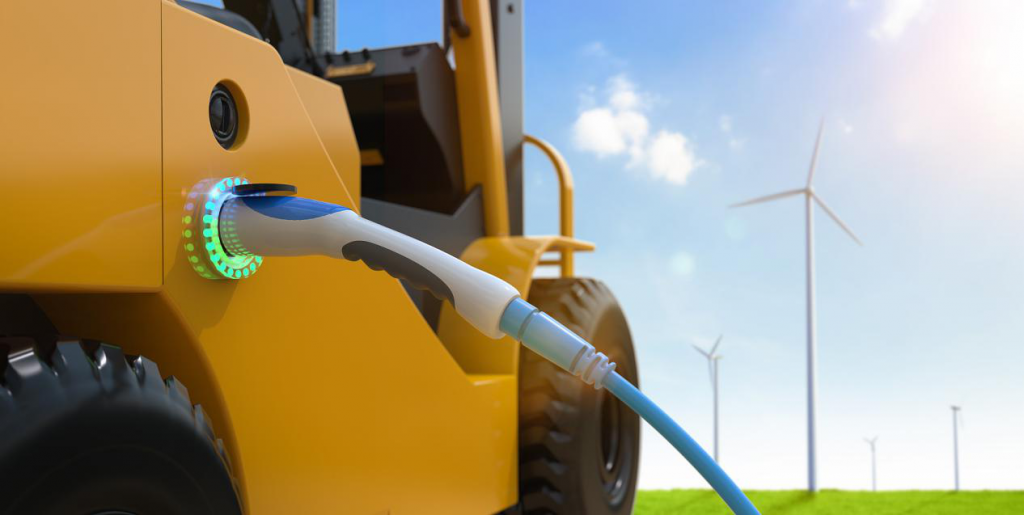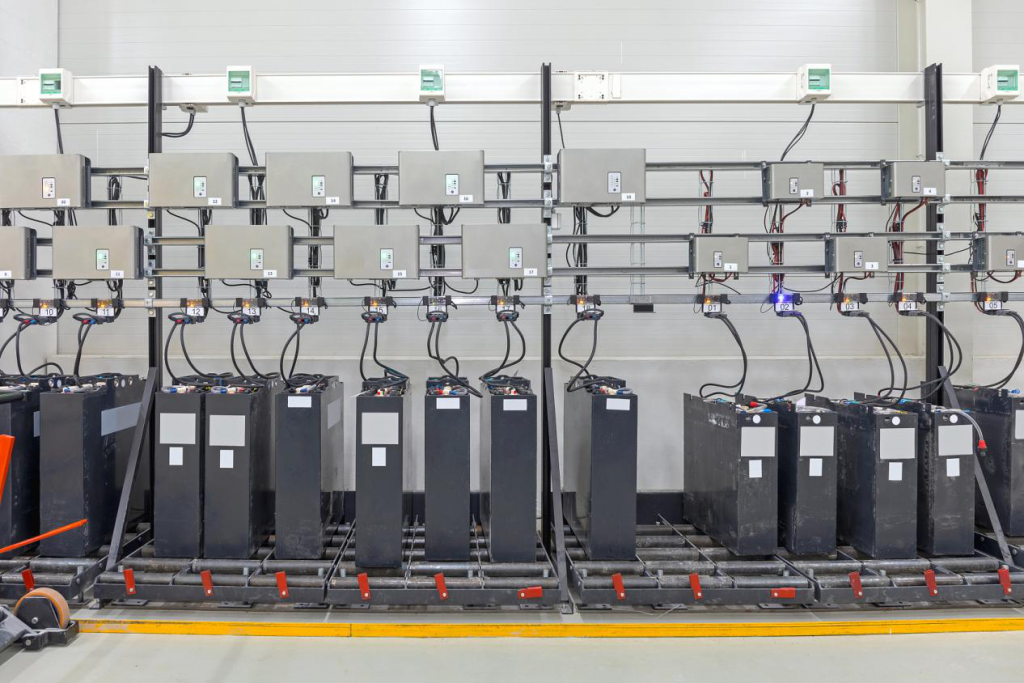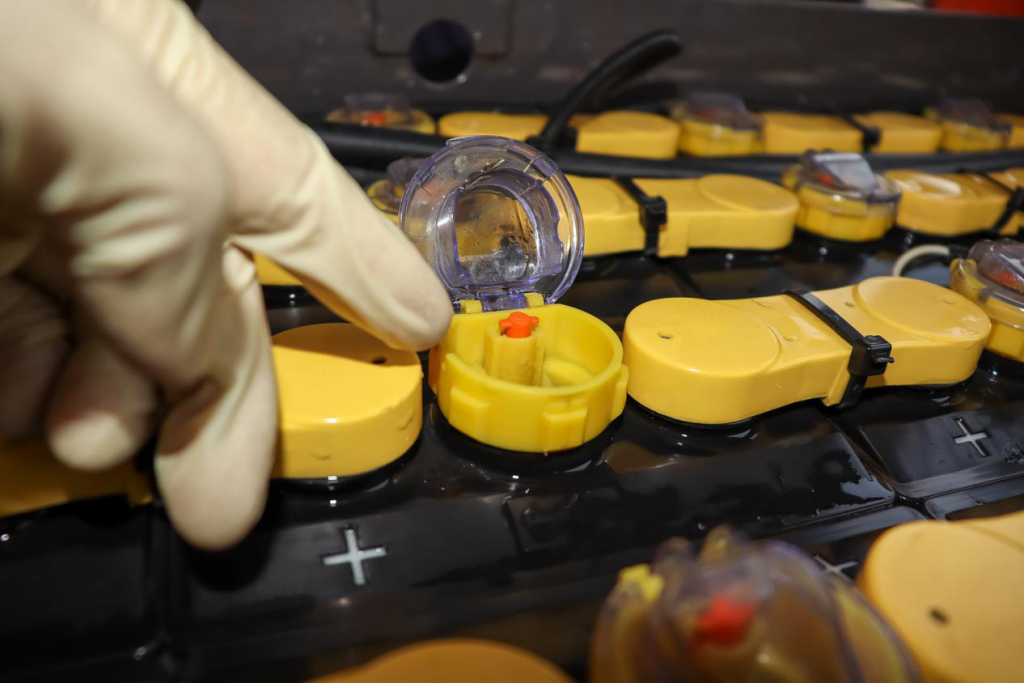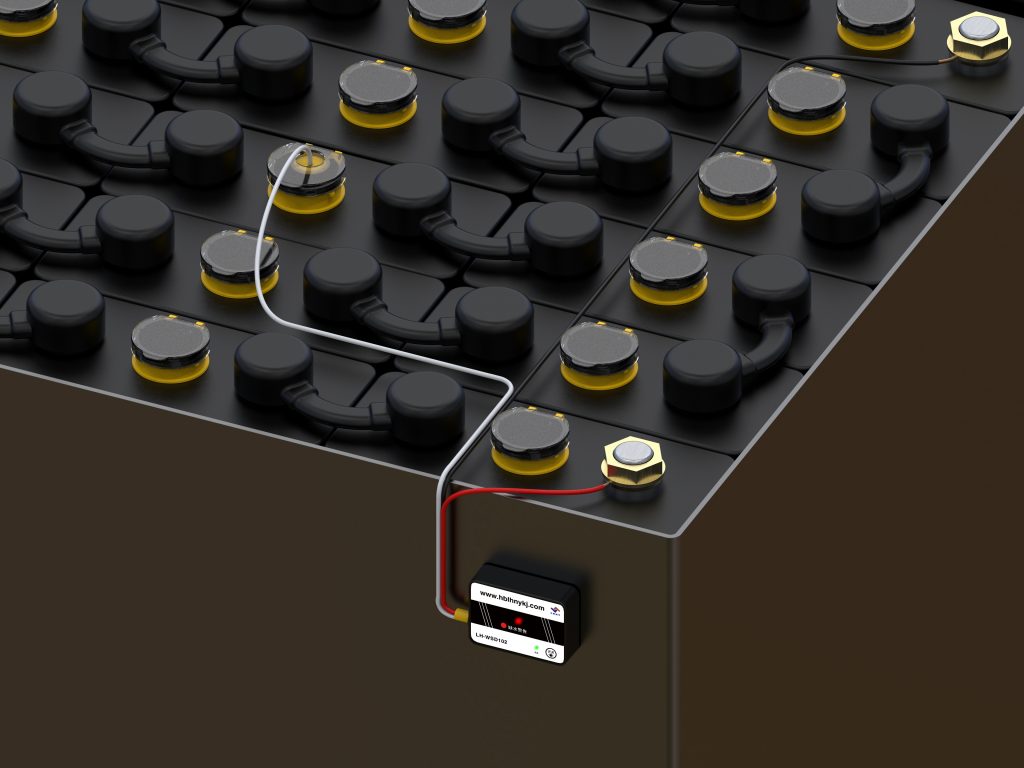With the continuous strengthening of domestic environmental protection awareness, the market share of electric forklifts continues to rise. As the heart of an electric forklift, the life of the battery is directly related to the service life of the entire vehicle. For this reason, the editor will introduce how to prolong the battery service life of the forklift.
Although the price of electric forklifts is higher than that of internal combustion forklifts, the energy consumption cost of electric forklifts is less than half of that of internal combustion forklifts during their service life. Now that the labor cost is increasing, electric forklifts are more and more favored by the majority of business owners.

Although many business owners choose electric forklifts, they lack sufficient awareness of the maintenance required for batteries. Even especially knowing nothing about the maintenance of lead-acid batteries adding water. This leads to a sharply reduction in the service life of the battery, resulting in an average loss of battery value exceeding 40% of the battery’s own value.

1.When the battery is charging, especially near the gasification stage (Cassing Condition), the electrical reaction is that the water in the battery fluid is electrolyzed. The gas of hydrogen (H) and oxygen (O) overflows, thereby reducing the capacity of the battery fluid and increasing the concentration.
2.The above reaction also occurs when the battery is discharged, but it is not as strong as when it is charged, but when the battery is continuously discharged at a large current, the above reaction is also quite strong.
3.In the intense electrochemical reaction, if the liquid level of the battery is too high, the discharged gas will splash and overflow with the battery liquid, which results in the liquid level of the battery will drop (wherein the sulfuric acid H2SO4 in the battery liquid will also lose with the overflow of the battery liquid). If supplementary pure water is used to maintain the liquid level, the liquid level of the battery will change (that is, the specific gravity of the battery liquid will be insufficient). Since the splashing and overflow of the battery fluid in each unit is different, the specific gravity of each unit battery is inconsistent after replenishing water in this way, resulting in a potential difference between each unit battery, thereby affecting the performance of the battery. So try to avoid this situation when using the battery.

How to add water for the battery correctly
First, confirm whether the battery is short of water: Generally, the battery level must be higher than 10mm above the lead grid. If the level is lower than this level, it can be considered that the battery is in a water-deficient state, and distilled water or deionized water must be replenished in time.

In daily work, the detection of the battery liquid level of the forklift truck is easily neglected by the operators. It is best to equip a battery water shortage alarm to help the driver to confirm the battery liquid level in time. You can use Electric Forklift Battery Liqud Lelve Indicator.

A set of 48-volt forklift batteries has 24 cells. Distilled or deionized water needs to be added one by one. When adding water, pay attention to wearing protective equipment (goggles, rubber gloves, etc. to prevent acid burns and corrosion), and the water level should be as flat as possible. It will affect the balance of battery characteristics and reduce battery life.
Here, you can use professional water adding tools, such as battery water gun, you can easily add water with one button, which is safe and convenient, and can also help control the liquid level height, ensure the balance of battery characteristics, and prolong battery life.

For Detailed information: +86-18007279352
